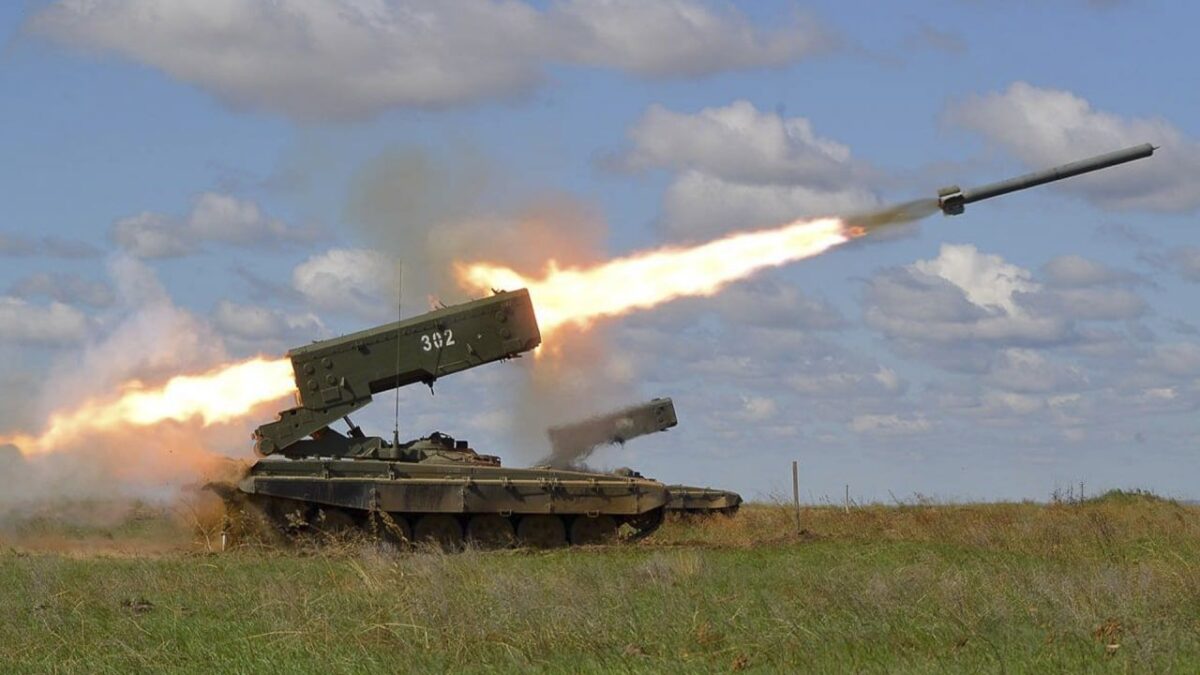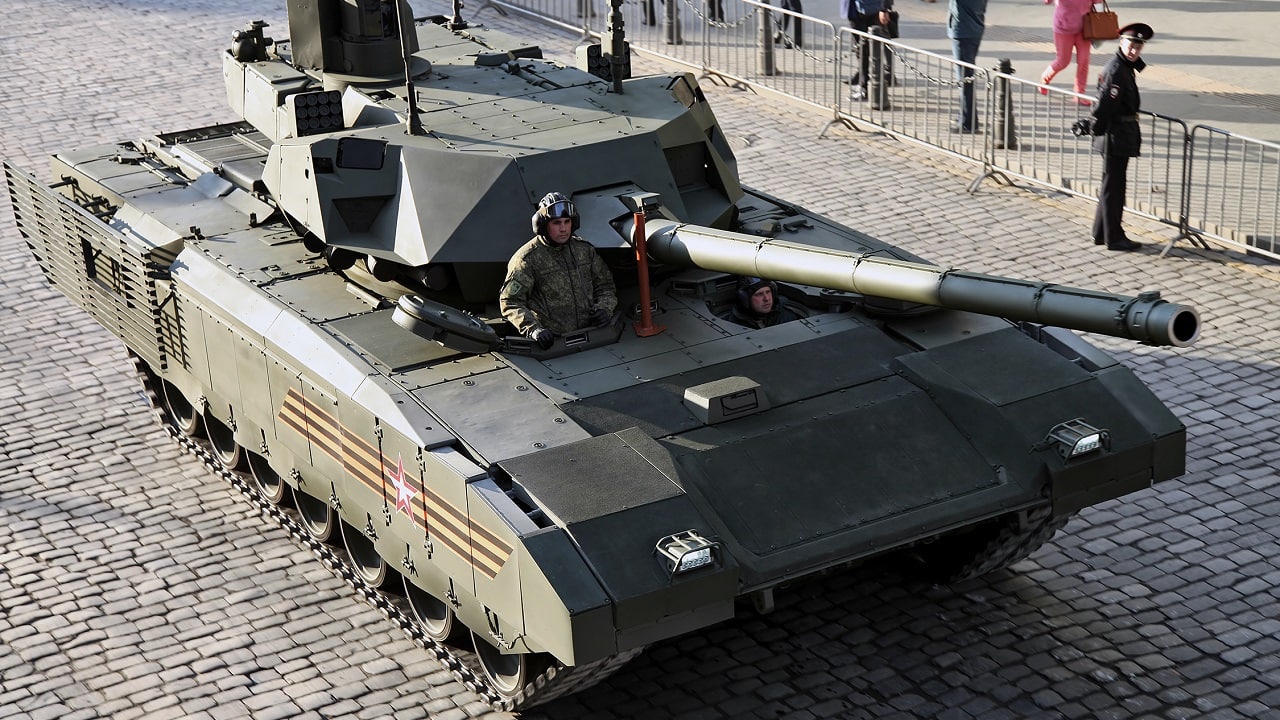The city of Kherson in Southern Ukraine fell to the Russian army on March 3. It was the first city to fall to the advancing Russian army. Russia then moved to advance toward Mykolaiv and Odesa. Elements of the 7th Guard Air Assault Division, a unit of the Russian Airborne Forces, tried to break out of their beachhead across the Dnipro River. Ukrainian forces blocked these attempts, and the desired attack on Mykolaiv never unfolded – nor did an amphibious assault into Odesa. For months, the Russian military offensive stalled in the region, leaving thousands of Ukrainian military and civilians dead. Finally, on Aug. 29 the Ukrainian military launched a counter-offensive in Kherson to drive the Russian army across the Dnipro and onto its left bank.
Compared to the massive achievements of the Kharkiv offensive, which was launched just a few days later, the offensive in Kherson has been gradual and bloody, with only a few instances of Ukrainian breakthroughs in the region. Militarily, Russian positions on the right bank of the river have been precarious since the war’s early stages. Russia retained a mere handful of available supply routes across the right bank. Once HIMARS began targeting the Antonovka Road Bridge in August, Russian supplies dwindled, and it became difficult to move reinforcements to the front. A successful Ukrainian offensive threatened to isolate Russian soldiers on the right bank of the river. As a result, on Nov. 9, more than seven months after seizing Kherson and six weeks after Russian President Vladimir Putin claimed to annex the region, Gen. Sergey Surovikin proposed the withdrawal of the Russian position to Defense Minister Sergey Shoigu.
The move is a clear victory for Ukrainian forces, who are now successfully inside Kherson’s city center after months of bitter fighting. The question is what’s next after Ukraine’s successes in Kherson and Kharkiv. To answer, analysts must speculate on combat operations in challenging winter conditions and the fighting strength of the Ukrainian military after months of intense offensive operations across hundreds of kilometers. Western analysts now speculate that the Ukrainian military may pause for the winter. This conclusion does not stand the test of history, however, and it fails to consider Ukraine’s superiority in supplies, which will allow its troops to fight in winter conditions. There are a few options Ukraine might consider.
Amphibious Attack
First, now that the Ukrainian military is completely emplaced on the right bank of the Dnipro River, its left bank seems like the most geographically realistic target. This appears to be the Russian view of Ukraine’s intentions: Russia is developing a three-layered defense system on the left bank of the river. These defensive barriers exploit the Dnipro River and canals in the Kherson region, weaving them into Russia’s defensive plan. They seem to integrate natural barriers with trenches, dugouts, and prefabricated cement bunkers. Regardless of location, an amphibious attack across the river will be difficult, especially when a Ukrainian landing force encounters an entrenched Russian force. In addition, any Ukrainian attack across the river would effectively present Ukrainian troops with the same quagmire the Russians faced, only on the opposite side of the river. Ukraine would have difficulties resupplying forces on the left bank and would have a size disadvantage relative to Russian forces on the left bank of the river.
Furthermore, reinforcing troops onto the left bank of the river may not be feasible, given that the Ukrainian troops have limited amphibious capabilities. This would, in turn, allow the Russian forces in the area to maneuver around a small Ukrainian beachhead and effectively destroy it before the Ukrainians could break out. Aside from small special forces amphibious raids onto the left bank of the river, Ukrainian forces must look for another front in the near future.
Attack From Zaporizhzhia
One option for the Ukrainian army that does not require a contested crossing of the Dnipro River is an attack through Zaporizhzhia and into the Russian rear. Crossing the Dnipro north of Zaporizhzhia would allow the Ukrainian military to use its internal ground lines of communications to adequately withdraw forces from the Kherson front into an attack south from Zaporizhzhia in the direction of Melitopol and Tokmak. This could completely isolate Russian troops in Donbas from those in Kherson Oblast. Liberating Tokmak would cut the Russian rail line that runs to Kherson, effectively making Crimea the only source of resupply for the Russian military in the area. Ukraine can also use the right bank of the Dnipro to fix Russian troops in place while maneuvering to the Russian rear. Furthermore, opening an attack from Zaporizhzhia could jeopardize Crimea itself, given that Melitopol stands 120 km from the entrance to Crimea. Melitopol is the headquarters for the 58th Combined Arms Army, whereas the 42nd and 19th Motorized Rifles Divisions are stationed in Tokmak.
Lastly, the Ukrainian armed forces could use the forces available after Kherson to reinforce various units along other parts of the front. For example, the Ukrainian army is still fighting in the Svatove area, and intense fighting is ongoing in the Bakhmut area. Ukraine might also use forces in Kherson to strengthen the line and harass Russian forces with their superior deep-firing capability against enemy positions, supply hubs, and lines of communication. However, well-equipped Ukrainian forces may be incentivized to continue their offensive against the ill-equipped, mobilized Russian army and take advantage of frozen ground for Ukrainian armored columns.

TOS-1A fighting in Ukraine. Image Credit: Creative Commons.
Reinforcing The Line
The liberation of Kherson is the latest in a series of welcome victories for the Ukrainian army. It has given Ukrainian forces a morale boost and has allowed them to use the Dnipro River as a natural barrier to any significant Russian attack in the near future. This has allowed Ukrainian forces to distribute a portion of their forces to other areas of the front. The next few months may bring another Ukrainian offensive in Zaporizhzhia, in the direction of Melitopol, or reinforcement of the lines in Donetsk and Luhansk. Ukraine has been on the offensive for months, often pushing deep into the Russian rear and achieving sound effects on the battlefield. As winter sets in, Ukraine may try to maintain momentum, achieve another complete surprise, and make further gains across the front lines. The war is far from over.
Jorge L. Rivero is a Foreign Area Specialist concentrating in Europe and Eurasia for the U.S. Marine Corps and is currently stationed in Quantico, Virginia. Jorge focuses on the Russian military and Russian information operations. The views in this article are his own. You can follow him on Twitter @jackturgidson

